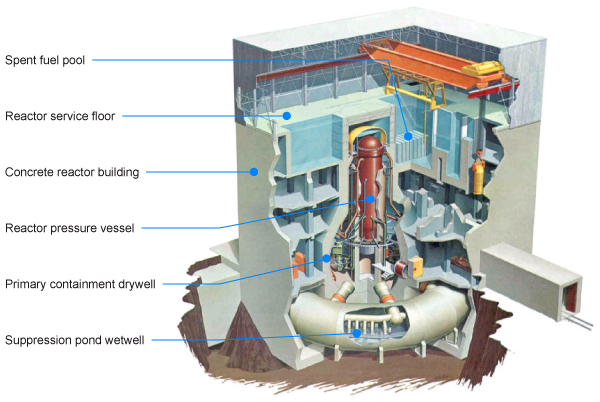The Keystone XL Pipeline is actually a proposed expansion. What already exists is actually just the Keystone Pipeline. This is a pipeline that runs from Alberta, Canada and ends in the U.S, specifically in Cushing, Oklahoma.
The “XL” addition to the Keystone Pipeline would add 1,700 new miles and have two sections of expansion.
One section would connect in Cushing with the Gulf Coast of Texas. This would be due to the current bottleneck of oil that is in Cushing, Oklahoma and in the Gulf Coast of Texas is where a lot of oil refineries abound. This part of the leg started in January 2014. This section would help bring up up to 700,000 barrels of oil to refineries in Texas. It is also expected to carry more heavy Canadian oil.
The second part of the leg would go from Alberta to Kansas. It would go through Bakkan Shale region of Montana to western North Dakota. It is designed this way because it will pass through a region where oil extraction is currently booming and it will take on some of this crude for transport.
Pros:
- May increase energy security for Gulf Coast
- Is safer than other transport options
- Economic benefits
- Jobs*
Cons:
- Negatively impacts national and local economies
- The same fossil fuel interests pushing the Keystone pipeline have been cutting, not creating, jobs*
- Unemployment will rise
- Poor and working people will be disproportionately affected
- It could contribute to Global Warming
*In my research I found that jobs would be both a pro and a con*
Refences:
- https://stateimpact.npr.org/texas/tag/keystone-xl-pipeline/
- http://www.nytimes.com/2014/11/19/us/politics/what-does-the-proposed-keystone-xl-pipeline-entail.html?_r=0
- http://www.labor4sustainability.org/articles/5-reasons-why-the-keystone-pipeline-is-bad-for-the-economy/





















